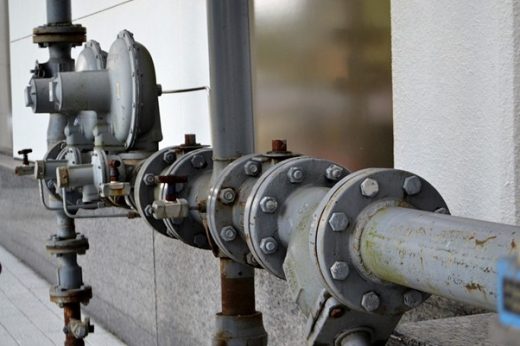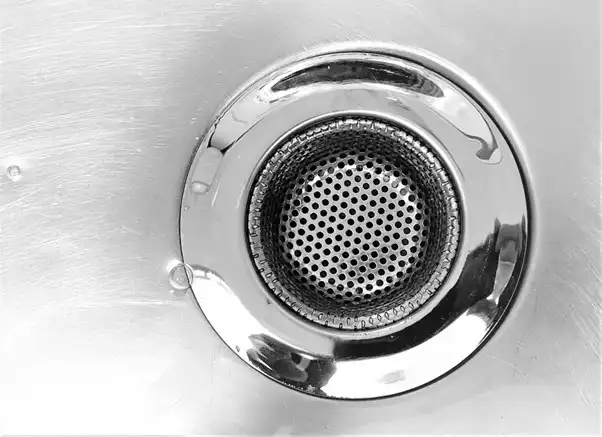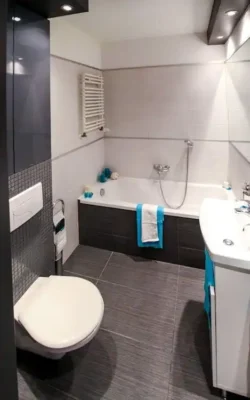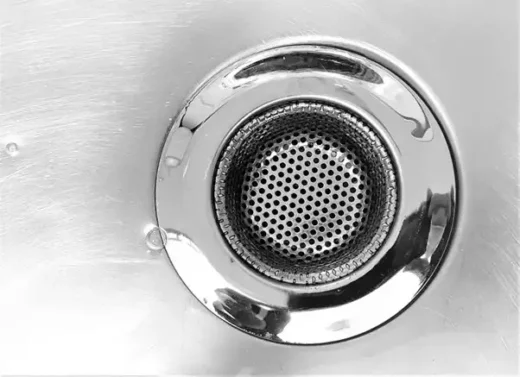Septic system tank and drainfield for wastewater guide, Property underground wastewater treatment advice
Septic System Tanks And Drainfields
25 May 2025
Avoid Septic Headaches: How To Select A System That Works
Installing a septic system is not just a construction project, it’s a long-term investment in the comfort, functionality, and hygiene of your home or property. Whether you’re building on undeveloped land or replacing a failing system, selecting the right septic setup can mean the difference between decades of seamless operation and years of costly repairs and foul odors. With a wide array of options on the market, choosing wisely requires knowledge, foresight, and often, expert guidance.
By understanding your site’s needs, legal requirements, and system capabilities, you can avoid common septic pitfalls and enjoy efficient waste management for years to come.
The Basics Of How Septic Systems Work
A typical septic system consists of two primary components: a septic tank and a drainfield (or leach field). Wastewater flows from the household into the tank, where solids settle to the bottom, forming sludge, and lighter materials float to the top as scum. The middle layer of partially clarified water then flows out into the drainfield, where it is naturally filtered by soil and microbes.
The goal is to treat and dispose of household wastewater without contaminating drinking water or the environment. An improperly designed or maintained system can result in system failure, groundwater contamination, and health hazards, issues that are inconvenient at best and disastrous at worst.
Cost Considerations
Installing a septic system can range from $3,000 to over $15,000, depending on the complexity, location, and system type. Beyond installation, maintenance costs should be considered. Most tanks need to be pumped every three to five years, while ATUs may require quarterly inspections and service contracts. Working with experienced professionals, such as licensed contractors and specialists in liquid handling, can ensure your investment is structurally sound, code-compliant, and tailored to your property’s needs. Homeowners should factor in potential repair or replacement costs for pumps, filters, and components. Cutting corners on system design or installation often leads to higher expenses over time, especially if the system fails prematurely.
Site Assessment
No two plots of land are alike, and septic system selection should start with a thorough site assessment. Key factors include soil composition, topography, water table level, and local climate. Soil permeability is especially crucial: if it’s too slow, wastewater backs up; too fast, pollutants may reach groundwater.
A certified engineer or local health department professional can perform a percolation (perc) test to determine how quickly water drains through the soil. This data guides the system design, including the size and type of drainfield required.
Local zoning regulations and setback distances from wells, property lines, and water bodies shape what system configurations are allowed.
Types Of Septic Systems
The most common system is the conventional gravity-based setup, ideal for properties with suitable soil and sufficient elevation change for natural water flow. Not every location supports this simplicity.
In cases of poor soil, high water tables, or space constraints, alternative systems like mound systems, aerobic treatment units (ATUs), and pressure distribution systems may be necessary. Mound systems elevate the drainfield using imported sand and fill, while ATUs actively introduce oxygen to aid in breaking down waste. These complex systems require more maintenance but allow for effective waste treatment where conventional setups fail.
Understanding the pros, cons, and maintenance needs of each type is important before committing.
Tank Size And Material Matter
Septic tanks come in various sizes, usually ranging from 750 to 1,500 gallons for residential use. The correct size depends on household size and daily water usage. An undersized tank may lead to overflow and frequent pumping; oversizing leads to unnecessary cost and installation complexity.
Material choice is key. Concrete tanks are durable and long-lasting, but heavy and susceptible to cracking. Fiberglass and polyethylene tanks are lighter and resistant to corrosion, but can shift if not properly anchored or installed on unstable soil.
Durability, local code compliance, and environmental conditions should all factor into the final selection.
Choosing The Right Drainfield Design
Drainfields are where much of the wastewater treatment actually happens, making their design critical. The size and layout must correspond to both the tank output and the site’s absorption capacity.
Some systems use trench configurations, while others employ bed or chamber setups. In smaller lots, drip distribution or sand filter systems may be more space-efficient and environmentally friendly. Regardless of the format, ensuring even distribution and avoiding saturation are important for long-term performance.
Regular inspection of ports and access points can aid in monitoring and maintenance, saving homeowners from surprises down the road.
Selecting the right septic system isn’t just a technical decision, it’s a long-term strategy for comfort, sustainability, and property value. By considering your site’s unique needs, adhering to legal guidelines, and collaborating with trusted specialists, you can ensure a solution that is efficient, durable, and tailored for success. With the right system and proactive care, you’ll avoid the headaches and enjoy a dependable waste management solution for years to come.
Comments on this guide to Septic system tank and drainfield for wastewater guide, Property underground wastewater treatment advice article are welcome.
Building Drainage
Drainage and Plumbing Posts
Why Microbes and Bacteria are Essential for Your Septic System

image source : freepik.com
Planning to install a new septic system

Why it is important to clean blocked drains
Ultimate Drainage Infrastructure Guide
Home Articles
Residential Architecture
Comments / photos for the Septic system tank and drainfield for wastewater guide, Property underground wastewater treatment advice page welcome.





